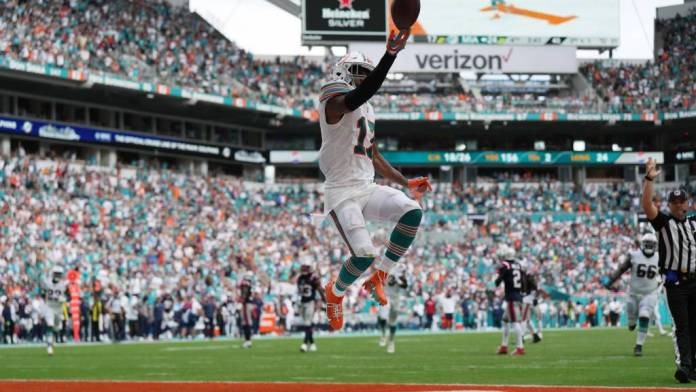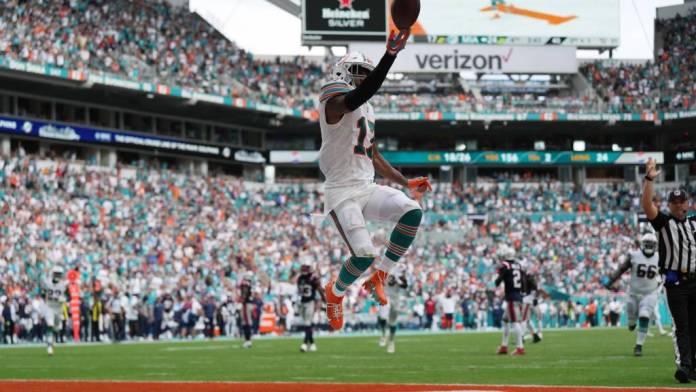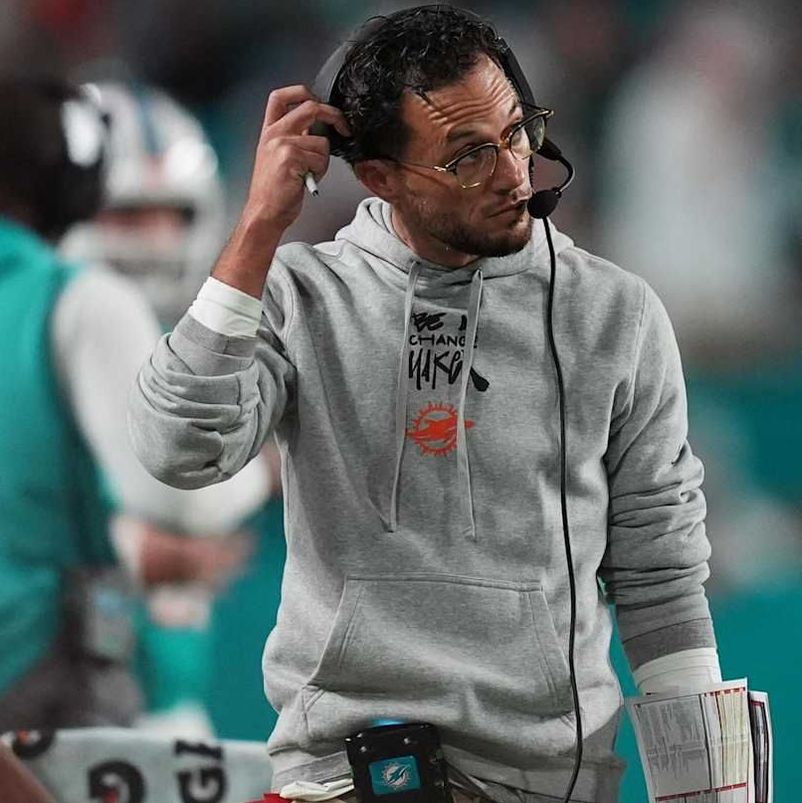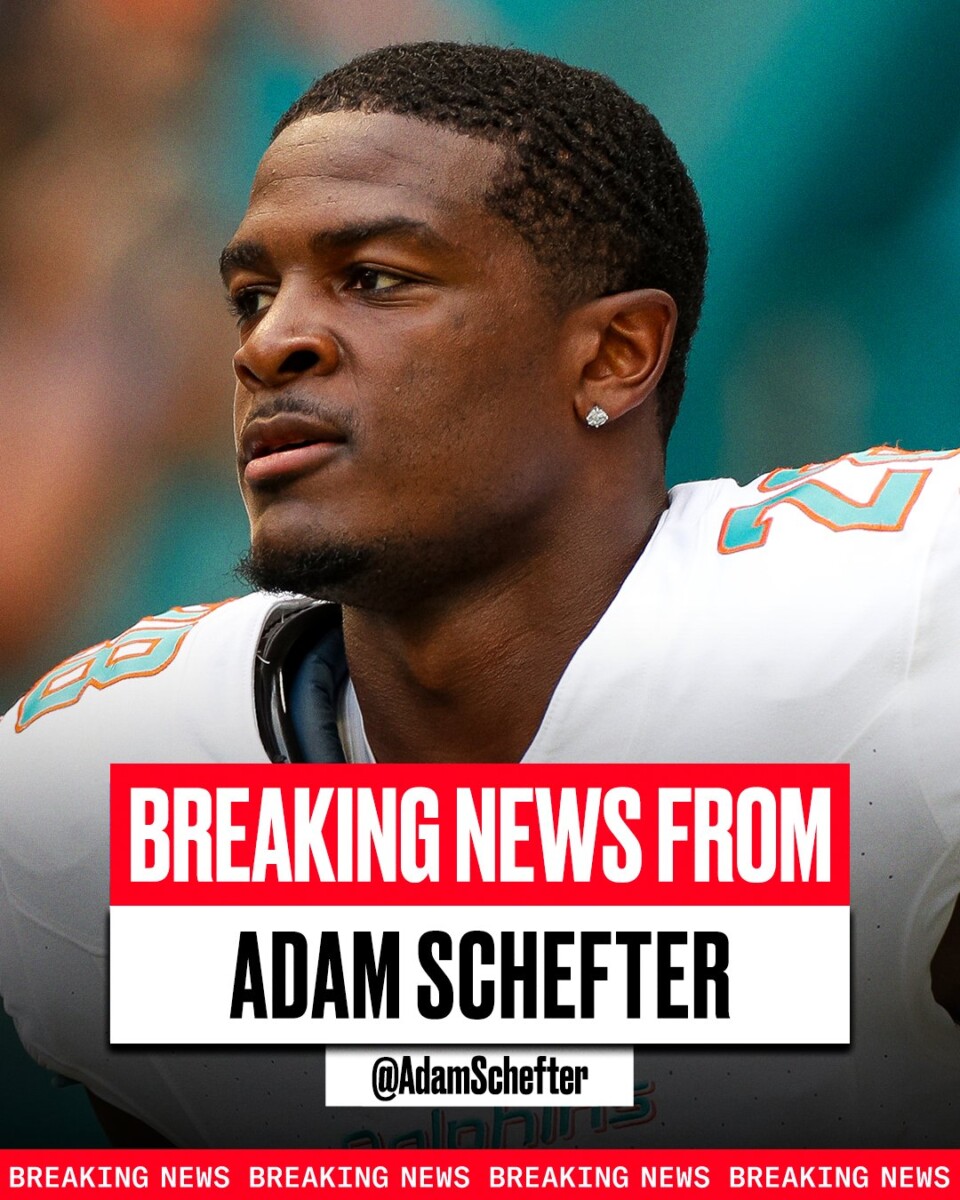
In the ever-evolving landscape of the NFL, where contracts seem to inflate like balloons at a birthday party, the Philadelphia Eagles have just made a significant move by securing DeVonta Smith on a lucrative extension. This deal not only cements Smith’s future in Philadelphia but also sends ripples across the league, specifically towards the Miami Dolphins’ shores where Jaylen Waddle might be eyeing his own payday. Without diving into the nitty-gritty too soon, let’s unpack how Smith’s new contract sets a new benchmark, tees up a comparison with Waddle, and potentially shapes the future contracts of NFL wide receivers.
The Eagles have decided to lock down DeVonta Smith on a 3-year, $75 million extension. But when you add in the existing term, it effectively morphs into a 4-year commitment worth about $90.6 million. This move isn’t just a statement of confidence in Smith’s abilities on the field; it’s a strategic placement of chips on the negotiation table for receivers league-wide, demonstrating the value of top-tier talent at the wide receiver position.
Speaking of negotiation chips, this sets an interesting precedent for Jaylen Waddle of the Miami Dolphins, who entered the league just a few slots ahead of Smith in the draft. Both products of Alabama’s powerhouse football program, Waddle and Smith have posted near-mirror statistics in their initial NFL campaigns. Such parallels not only draw comparisons on the field but now also in contract talks, where every catch, yard, and touchdown starts to look like a dollar sign.
Smith’s $22.65 million average annual salary has propelled him into the esteemed ranks of the top 10 highest-paid receivers in the NFL, just trailing behind the likes of Michael Pittman Jr. and Calvin Ridley. This particular tier of salary reflects not just the player’s contributions but also sets a market rate for their peers—enter Jaylen Waddle’s agents, who are likely sharpening their pencils right about now.
The Dolphins now find themselves in an interesting quandary. Securing Waddle seems a no-brainer, especially given his youth and impressive performance, which arguably shadows not just Smith but also Pittman and Ridley.
Yet, this is where the waters get choppy. Waddle could justifiably aim for a contract that eclipses Smith’s, given his higher draft position and on-field productivity.
This isn’t just about keeping up with the Joneses—or in this case, the Smiths—it’s about recognizing and rewarding talent.
Smith’s deal, therefore, is not just a contract but a benchmark, a template that could guide the Dolphins and Waddle through their negotiations. However, it’s also a potential stumbling block.
If Waddle and his camp decide his performances warrant a significantly higher valuation, we could be looking at a standoff. In an industry where talent is as much a commodity as it is a spectacle, finding common ground on value is key.
Smith’s extension might have set the stage, but it’s the act of balancing expectations that could lead to a drama all its own in Miami.
In sum, while Philadelphia might be basking in the glow of securing one of their brightest stars, down in Miami, the spotlight just got a bit hotter. How the Dolphins navigate the choppy waters of high-stakes contract negotiations, with the Smith deal as both a lighthouse and a potential iceberg, remains to be seen. But one thing’s for sure: in the high-finance sport of football, the game off the field is just as compelling as the one on it.




